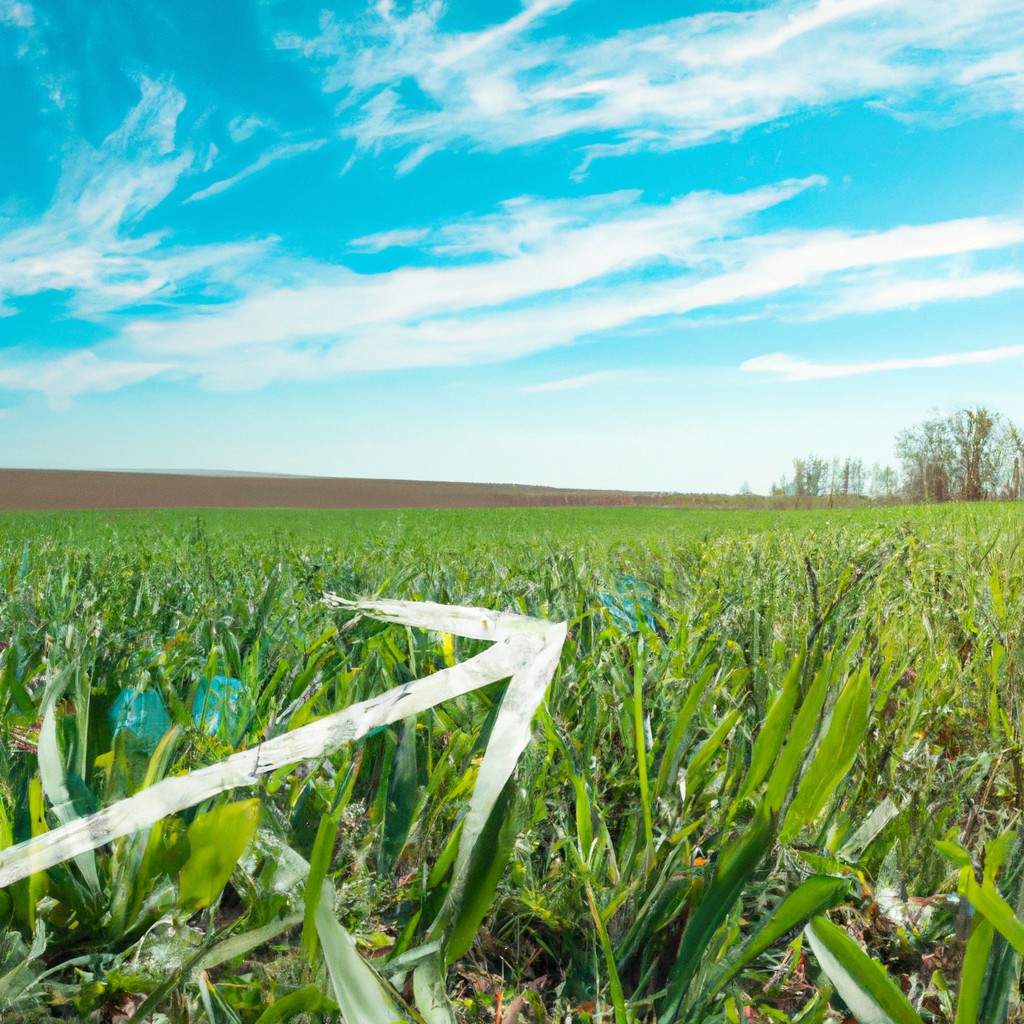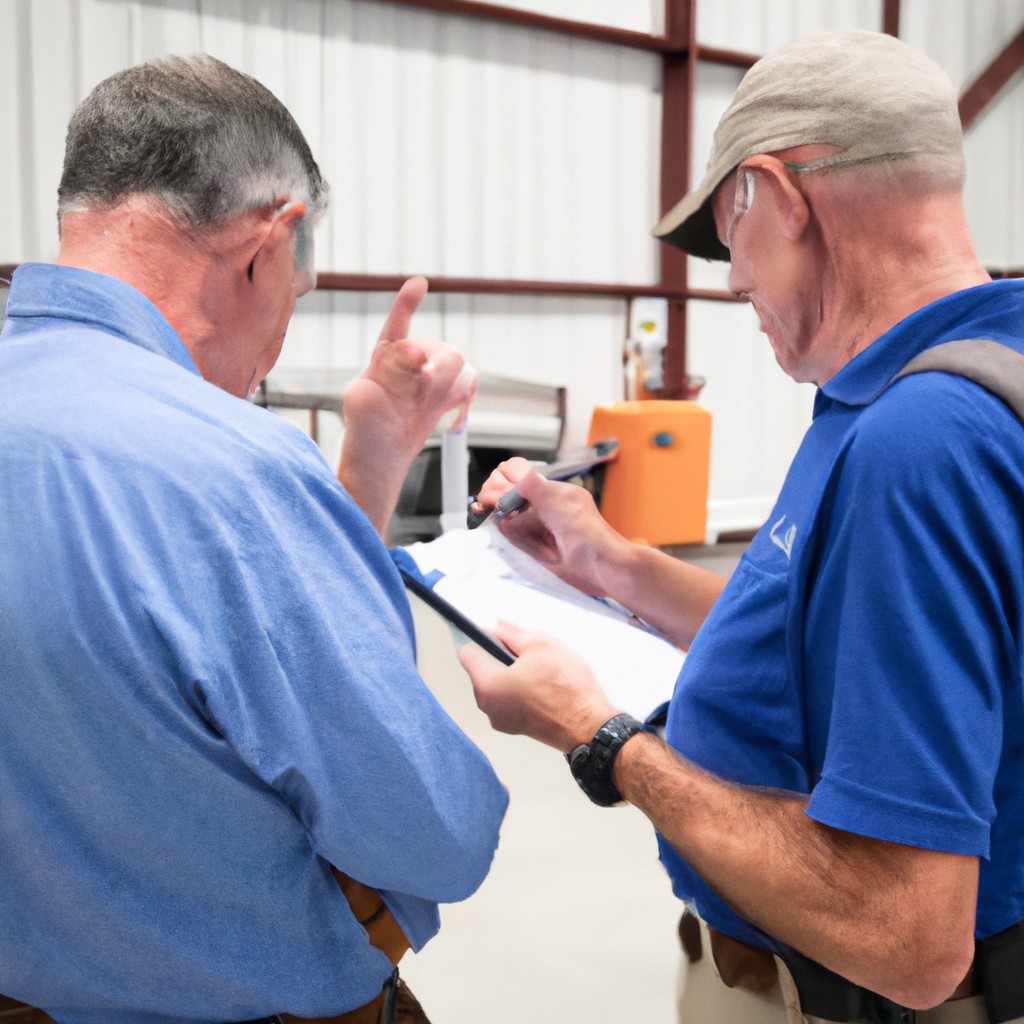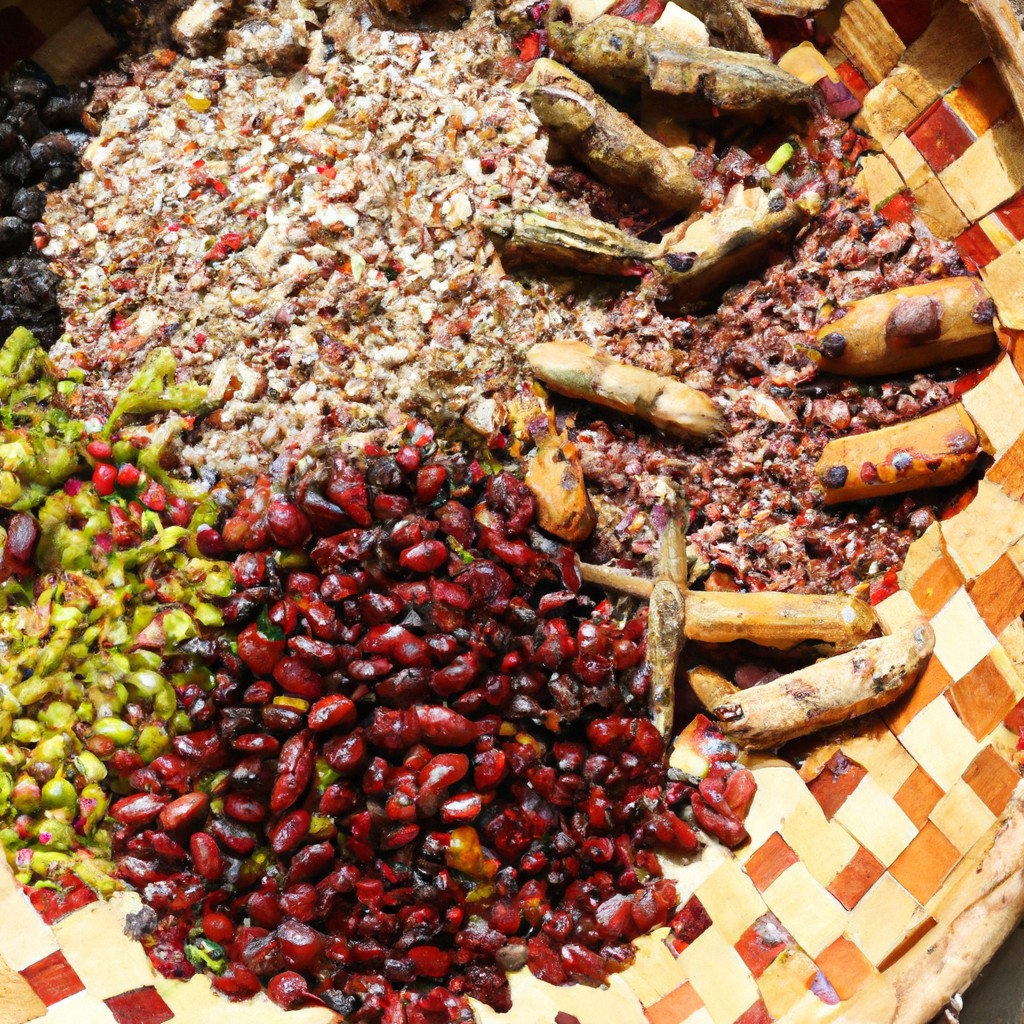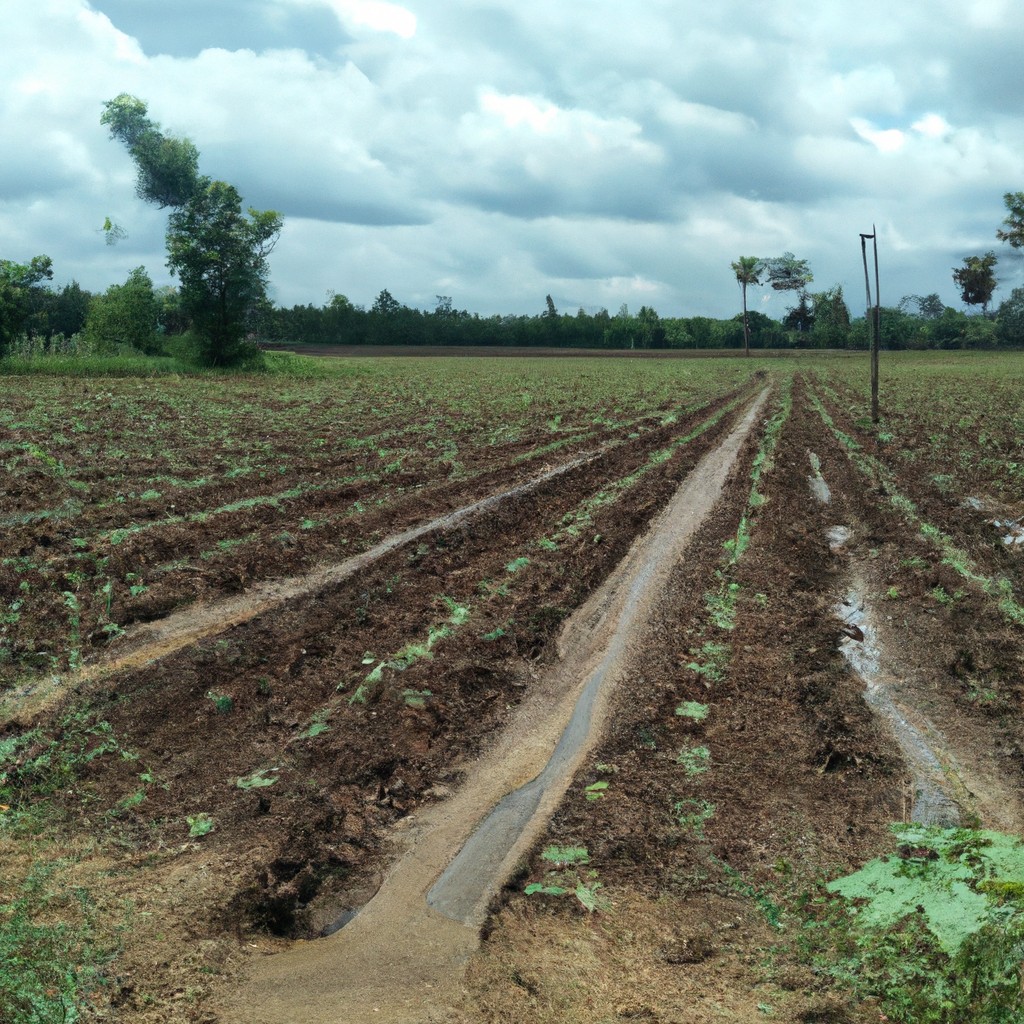Learn the definition of intensive agriculture in AP Human Geography, and gain insights into its impact and significance.
Look Inside:
Definition
Intensive agriculture is a bit like cramming a full picnic into a lunchbox. It’s all about maximizing output from a given area. Unlike its chill cousin, extensive agriculture, which sprawls lazily over large plots, intensive farming cranks up the volume on land use.
Here are some handy highlights:
- High-input, high-output. Think lots of fertilizer, irrigation, and labor. It’s like the extreme sports version of farming.
- Focus on monoculture. Often, you’ll find just one crop type growing. It’s the farming equivalent of wearing the same shirt every day for a week.
- Mechanization is key. Tractors and machinery whizz around like they’re on caffeine.
- Relies heavily on modern techniques for managing pests and weeds. Picture farmers as high-tech pest-control detectives.
This approach is all about efficiency and productivity, squeezing the most value from every square inch. Though it can be a bit of a taskmaster for the environment, it sure knows how to fill a grain silo.
5 Must Know Facts For Your Next Test
Grab your pencil and your thinking cap because here are some fascinating tidbits to ace that test.
Intensive agriculture is like a gym workout for fields, with high input for high yield. It relies on hefty inputs like fertilizers and pesticides to boost productivity. It’s all about getting the most out of a limited space. Think of it as efficiency on steroids but without the muscles.
You’ll find it thriving in densely populated regions, where land is precious and every stalk matters. It’s as if each plant is at a party, rubbing shoulders with its neighbors, with no room to dance.
Expect to encounter crops galore, from rice paddies in Asia to greenhouses in Europe. It’s a worldwide phenomenon, blending traditional charm with modern techniques.
Despite its productivity prowess, environmental challenges tag along, like soil degradation and water pollution, making sustainable practices a thrilling dance-off between productivity and preservation.
And let’s not forget technology’s role, turning farmers into the Jedi of agriculture, wielding gadgets to monitor crop health faster than you can say, “May the yields be with you!”
Review Questions
- What are the main characteristics of intensive agriculture?
- How does intensive agriculture differ from extensive farming?
- Explain the environmental impacts often associated with intensive agriculture.
- Identify some crops commonly produced through intensive agriculture.
- How does intensive agriculture influence urban geography and rural landscapes?
Related Terms
Understanding related terms can help you master the concept without requiring a secret decoder ring. Here are some related terms and their zesty nuances:
Agribusiness – Think of it as the mega-conglomerate of the farming world. Big farms, big bucks, and bigger spreadsheets.
Monoculture – Like being the lead in a one-man show, it involves planting a single crop variety on a wide expanse of land. Diversity left out in the cold.
Green Revolution – Not a superhero movie, but the series of tech leaps in farming during the mid-20th century. Think of it as agriculture’s coming-of-age montage.
Crop Rotation – The Cirque du Soleil of farming! Switching crops seasonally to keep soil from getting grumpy.
Subsistence Agriculture – Just enough grub for the farmer and family. No leftovers for the farmer’s market.
Remember these terms next time you need to jazz up your geography vocab!
AP Human Geography: Unit 5 Key Terms
Alright, AP Human Geography explorers, let’s dive into the land of definitions and terms. Here, words are like seeds – plant them in your brain and watch understanding grow!
First off, “Agribusiness.” It sounds like a corporate overlord, right? But it’s just the integration of various steps of production in the food-processing industry all controlled by one company. It’s like having a finger in every farming pie!
Then, check out “Monoculture,” where farmers give all their love to just one crop. Talk about playing favorites! This can boost productivity but can also make farms prone to pests. It’s a bit like putting all your eggs in one very fragile basket.
Now, “Green Revolution,” which sounds like a superhero team, but really it’s the big boost of agricultural productivity since the 1940s. Think superheroes that save the world with high-yield seeds and magic potions called fertilizers and pesticides.
Don’t forget about “Subsistence Farming.” Picture this: a tiny farm where farmers grow enough food just for themselves, maybe escape the grocery shopping horrors.
And finally, there’s “Terracing.” Farmers have practiced the art of turning slopes into staircases for land, preventing erosion and letting crops hold on for dear life.
Let these terms take root in your mind and sprout into full-flourishing knowledge come exam day!




